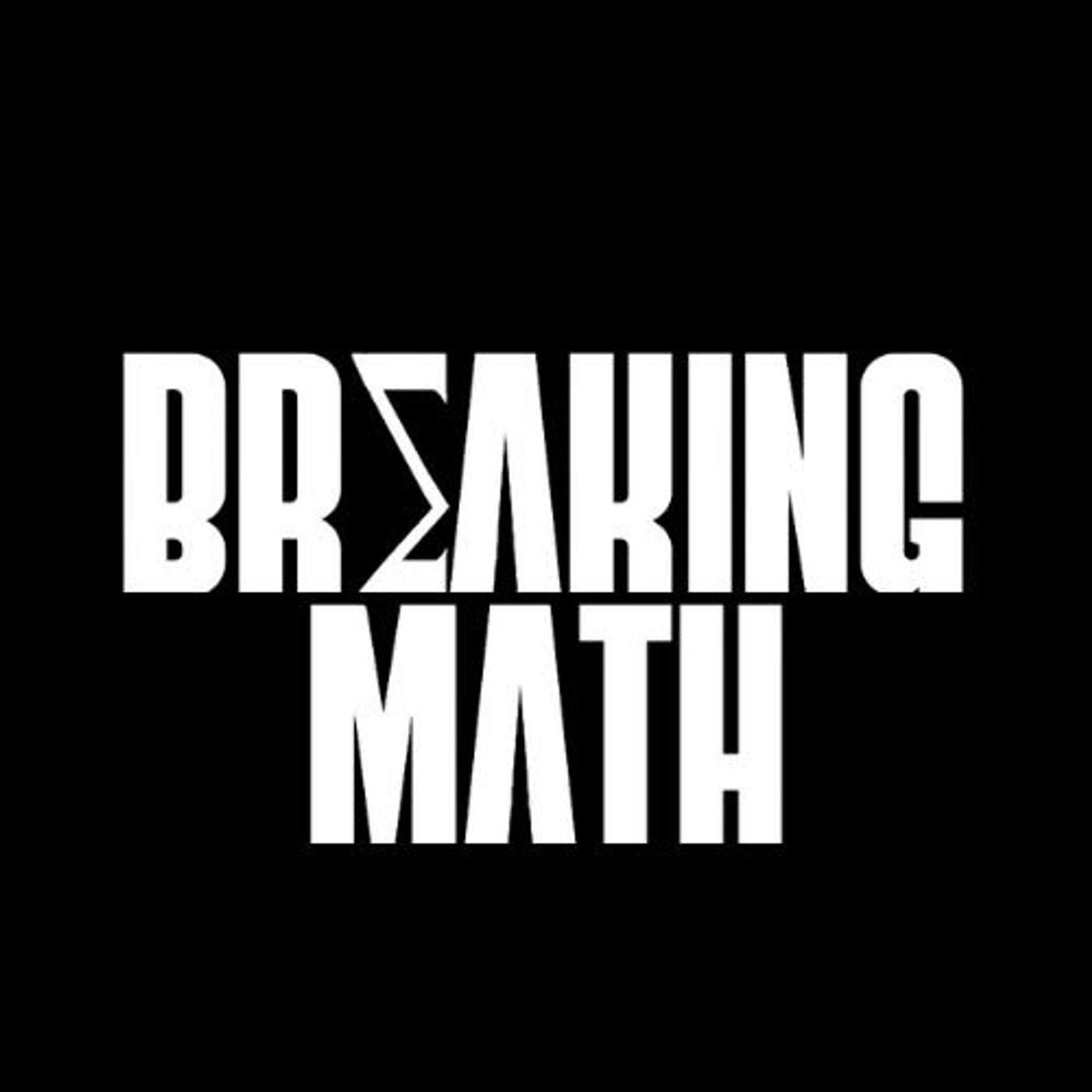124 episodes


BREAKING MATH WEBSITE http://breakingmath.io Breaking Math Email: BreakingMathPodcast@gmail.com Email us for copies of the transcript! Resources on the LEAN theorem prover and programming language can be found at the bottom of the show notes (scroll to the bottom). This episode is inspired by a correspondence the Breaking Math Podcast had with the editors of Digital Discovery, a journal by the Royal Society of Chemistry. In this episode the hosts review a paper https://pubs.rsc.org/en/content/articlelanding/2024/dd/d3dd00077j about how the Lean Interactive Theorem Prover, which is usually used as a tool in creating mathemtics proofs, can be used to create rigorous and robust models in physics and chemistry. The paper is titled https://pubs.rsc.org/en/content/articlelanding/2024/dd/d3dd00077j prover and can be found in https://www.rsc.org/journals-books-databases/about-journals/digital-discovery/, a journal with the Royal Society of Chemistry. Also - we have a brand new member of the Brekaing Math Team! This episode is the debut episode for Autumn, CEO of Cosmo Labs, occasional co-host / host of the Breaking Math Podcast, and overall contributor who has been working behind the scenes on the podcast on branding and content for the last several months. Welcome Autumn! Autumn and Gabe discuss how the paper explores the use of interactive theorem provers to ensure the accuracy of scientific theories and make them machine-readable. The episode discusses the limitations and potential of interactive theorem provers and highlights the themes of precision and formal verification in scientific knowledge. This episode also provide resources (listed below) for listeners intersted in learning more about working with the LEAN interactive theorem prover. __ __ Email Professor Tyler Josephson about summer REU undergraduate opportunities at the University of Maryland Baltimore (or online!) at TJO@UMBC.EDU. See below Professor Tyler Josephson's links on learnnig more about LEAN The Natural Number Game https://adam.math.hhu.de/#/g/leanprover-community/nng4: Free LEAN Texbook and Course https://hrmacbeth.github.io/math2001/ Professor Josephson's most-recommended resource for beginners learning Lean - a free online course and textbook from Prof. Heather Macbeth at Fordham University. Quanta Magazine articles on Lean https://www.quantamagazine.org/building-the-mathematical-library-of-the-future-20201001/ Prof. Kevin Buzzard of Imperial College London's lecture on LEAN interactive theorem prover and the future of mathematics. https://www.youtube.com/watch?v=Dp-mQ3HxgDE Become a supporter of this podcast: https://www.spreaker.com/podcast/breaking-math-podcast--5545277/support https://www.spreaker.com/podcast/breaking-math-podcast--5545277/support?utm_source=rss&utm_medium=rss&utm_campaign=rss.


SUMMARY This conversation explores the topic of brain organoids and their integration with robots. The discussion covers the development and capabilities of brain organoids, the ethical implications of their use, and the differences between sentience and consciousness. The conversation also delves into the efficiency of human neural networks compared to artificial neural networks, the presence of sleep in brain organoids, and the potential for genetic memories in these structures. The episode concludes with an invitation to part two of the interview and a mention of the podcast's Patreon offering a commercial-free version of the episode. TAKEAWAYS __ __CHAPTERS __ __ REFERENCES: Muotri Labs (Brain Organelle piloting Spider Robot) https://pediatrics.ucsd.edu/research/faculty-labs/muotri-lab/index.html Cortical Labs (Brain Organelle's trained to play Pong) https://corticallabs.com/ *For a copy of the episode transcript, email us at breakingmathpodcast@gmail.com Become a supporter of this podcast: https://www.spreaker.com/podcast/breaking-math-podcast--5545277/support.


All content is available commercial free on patreon http://www.patreon.com/breakingmathas well as on our Spreaker Supporters Club https://www.spreaker.com/podcast/breaking-math-podcast--5545277/support. Enjoy this content? Would you like to support us? The best ways to support us are currently to subscribe to our Yourube Channel https://www.youtube.com/@breakingmathpod This is a follow up on our previous episode on OpenAi's SORA https://www.youtube.com/watch?v=LqQe3Fy9T9Y&t=611s. We attempt to answer the question, "Can OpenAi's SORA model real-world physics?" We go over the details of the technical report, we discuss some controversial opinoins by experts in the field at Nvdia and Google's Deep Mind. The transcript for episode is avialable below upon request.


Become a supporter of this podcast: Spreaker Supporters Club https://www.spreaker.com/podcast/breaking-math-podcast--5545277/support. All episodes are available commercial free on patreon https://www.patreon.com/breakingmath! Visit our website at breakingmath.wtf http://www.breakingmath.io Contact us at breakingmathpodcast@gmail.com SUMMARY OpenAI's Sora, a text-to-video model, has the ability to generate realistic and imaginative scenes based on text prompts. This conversation explores the capabilities, limitations, and safety concerns of Sora. It showcases various examples of videos generated by Sora, including pirate ships battling in a cup of coffee, woolly mammoths in a snowy meadow, and golden retriever puppies playing in the snow. The conversation also discusses the technical details of Sora, such as its use of diffusion and transformer models. Additionally, it highlights the potential risks of AI fraud and impersonation. The episode concludes with a look at the future of physics-informed modeling and a call to action for listeners to engage with Breaking Math content. TAKEAWAYS __ __ CHAPTERS 00:00 Introduction to OpenAI's Sora 04:22 Overview of Sora's Capabilities 07:08 Exploring Prompts and Generated Videos 12:20 Technical Details of Sora 16:33 Limitations and Safety Concerns 23:10 Examples of Glitches in Generated Videos 26:04 Impressive Videos Generated by Sora 29:09 AI Fraud and Impersonation 35:41 Future of Physics-Informed Modeling 36:25 Conclusion and Call to Action #OpenAiSora #


All episodes are available commercial Free for supporters on Spreaker https://www.spreaker.com/podcast/breaking-math-podcast--5545277/support. and Patreon https://www.patreon.com/breakingmath Transcripts are available upon request. Email us at BreakingMathPodcast@gmail.com Follow us on X (Twitter) https://twitter.com/breakingmathpod Follow us on Social Media Pages (Linktree) https://linktr.ee/breakingmathmedia Visit our guest Levi McClain's Pages: youtube.com/@LeviMcClain https://www.youtube.com/@LeviMcClain levimcclain.com/ https://www.levimcclain.com/ Summary Levi McClean discusses various topics related to music, sound, and artificial intelligence. He explores what makes a sound scary, the intersection of art and technology, sonifying data, microtonal tuning, and the impact of using 31 notes per octave. Levi also talks about creating instruments for microtonal music and using unconventional techniques to make music. The conversation concludes with a discussion on understanding consonance and dissonance and the challenges of programming artificial intelligence to perceive sound like humans do. TAKEAWAYS: __ __ Chapters 00:00 What Makes a Sound Scary 03:00 Approaching Art and Music with a Technical Mind 05:19 Sonifying Data and Turning it into Sound 08:39 Exploring Music with Microtonal Tuning 15:44 The Impact of Using 31 Notes per Octave 17:37 Why 31 Notes Instead of Any Other Arbitrary Number 19:53 Creating Instruments for Microtonal Music 21:25 Using Unconventional Techniques to Make Music 23:06 Closing Remarks and Questions 24:03 Understanding Consonance and Dissonance 25:25 Programming Artificial Intelligence to Understand Consonance and Dissonance


Listen to episodes commercial Free on Patreon at patreon.com/breakingmath https://patreon.com/breakingmath We are joined today by content creator Levi McClain to discuss the mathematics behind music theory, neuroscience, and human experiences such as fear as they relate to audio processing. For a copy of the episode transcript, email us at BreakingMathPodcast@gmail.com. For more in depth discussions on these topics and more, check out Levi's channels at: Patreon.com/LeviMcClain https://Patreon.com/LeviMcClain youtube.com/@LeviMcClain http://www.youtube.com/@LeviMcClain Tiktok.com/@levimcclain https://Tiktok.com/@levimcclainmusic Instagram.com/levimcclainmusic https://instagram/levimcclainmusic Become a supporter of this podcast: https://www.spreaker.com/podcast/breaking-math-podcast--5545277/support https://www.spreaker.com/podcast/breaking-math-podcast--5545277/support?utm_source=rss&utm_medium=rss&utm_campaign=rss.


Part 2/2 of the interview with Brit Cruise, creator of the YouTube channel "Art of the Problem," about interesting mathematics,, electrical and computer engineering problems. In Part 1, we explored what 'intelligence' may be defined as by looking for examples of brains and proto-brains found in nature (including mold, bacteria, fungus, insects, fish, reptiles, and mammals). In Part 2, we discuss aritifical neural nets and how they are both similar different from human brains, as well as the ever decreasing gap between the two. Brit's YoutTube Channel can be found here: Art of the Problem - Brit Cruise https://youtube.com/@ArtOfTheProblem?si=xh7uyOwCUInqfWsC Transcript will be made available soon! Stay tuned. You may receive a transcript by emailing us at breakingmathpodcast@gmail.com.


In this episode (part 1 of 2), I interview Brit Cruise, creator of the YouTube channel 'Art of the Problem.' On his channel, he recently released the video "ChatGPT: 30 Year History | How AI learned to talk." We discuss examples of intelligence in nature and what is required in order for a brain to evolve at the most basic level. We use these concepts to discuss what artificial intelligence - such as Chat GPT - both is and is not.


How is Machine Learning being used to further original scientific discoveries? Transcripts of this episode are avialable upon request. Email us at BreakingMathPodcast@gmail.com. In this episode Gabriel Hesch interviews Taylor Sparks, a professor of material science and engineering, about his recent paper on the use of generative modeling a.i. for material disovery. The paper is published in the journal Digital Discovery and is titled 'Generative Adversarial Networks and Diffusion MOdels in Material Discovery. They discuss the purpose of the call, the process of generative modeling, creating a representation for materials, using image-based generative models, and a comparison with Google's approach. They also touch on the concept of conditional generation of materials, the importance of open-source resources and collaboration, and the exciting developments in materials and AI. The conversation concludes with a discussion on future collaboration opportunities. Takeaways__ __


In October of 2023, Sofia Baca passed away unexpectedly from natural causes. Sofia was one of the founders and cohosts of the Breaking Math Podcast. In this episode, host Gabriel Hesch interviews Diane Baca, mother of Sofia Baca as we talk about her passions for creativity, mathematics, science, and discovering what it means to be human. Sofia lived an exceptional life with explosive creativity, a voracious passion for mathematics, physics, computer science, and creativity. Sofia also struggled immensely with mental health issues which included substance abuse as well as struggling for a very long time understand the source of their discontent. Sofia found great happiness in connecting with other people through teaching, tutoring, and creative expression. The podcast will continue in honor of Sofia. There are many folders of ideas that Sofia left with ideas for the show or for other projects. We will continue this show with sharing some of these ideas, but also with sharing stories of Sofia - including her ideas and her struggles in hopes that others may find solace in that they are not alone in their struggles. But also in hopes that others may find inspiration in what Sofia had to offer. We miss you dearly, Sofia.


Join Sofía Baca and her guests, the host and co-host of the Nerd Forensics podcast, Millicent Oriana and Jacob Urban, as they explore what it means to be able to solve one problem in multiple ways. This episode is distributed under a Creative Commons Attribution-ShareAlike 4.0 International License. For full text, visit: https://creativecommons.org/licenses/by-sa/4.0/ [Featuring: Sofía Baca; Millicent Oriana, Jacob Urban[ This show is part of the Spreaker Prime Network, if you are interested in advertising on this podcast, contact us at https://www.spreaker.com/show/5545277/advertisement


The history of mathematics, in many ways, begins with counting. Things that needed, initially, to be counted were, and often still are, just that; things. We can say we have twelve tomatoes, or five friends, or that eleven days have passed. As society got more complex, tools that had been used since time immemorial, such as string and scales, became essential tools for counting not only concrete things, like sheep and bison, but more abstract things, such as distance and weight based on agreed-upon multiples of physical artifacts that were copied. This development could not have taken place without the idea of a unit: a standard of measuring something that defines what it means to have one of something. These units can be treated not only as counting numbers, but can be manipulated using fractions, and divided into arbitrarily small divisions. They can even be multiplied and divided together to form new units. So where does the idea of a unit come from? What's the difference between a unit, a dimension, and a physical variable? And how does the idea of physical dimension allow us to simplify complex problems? All of this and more on this episode of Breaking Math. Distributed under a CC BY-SA 4.0 International License. For full text, visit: https://creativecommons.org/licenses/by-sa/4.0/ [Featuring: Sofía Baca; Millicent Oriana, Jacob Urban] This show is part of the Spreaker Prime Network, if you are interested in advertising on this podcast, contact us at https://www.spreaker.com/show/5545277/advertisement


Join Sofia Baca and Nerd Forensics co-host Jacob Urban as they discuss all things counting! Counting is the first arithmetic concept we learn, and we typically learn to do so during early childhood. Counting is the basis of arithmetic. Before people could manipulate numbers, numbers had to exist. Counting was first done on the body, before it was done on apparatuses outside the body such as clay tablets and hard drives. However, counting has become an invaluable tool in mathematics itself, as became apparent when counting started to be examined analytically. How did counting begin? What is the study of combinatorics? And what can be counted? All of this and more, on this episode of Breaking Math. This episode is distributed under a Creative Commons Attribution-ShareAlike 4.0 International License (full text: https://creativecommons.org/licenses/by-sa/4.0/) [Featuring: Sofia Baca; Jacob Urban] This show is part of the Spreaker Prime Network, if you are interested in advertising on this podcast, contact us at https://www.spreaker.com/show/5545277/advertisement


As you listen to this episode, you'll be exerting mental effort, as well as maybe exerting effort doing other things. The energy allowing your neurons to continually charge and discharge, as well as exert mechanical energy in your muscles and chemical energy in places like your liver and kidneys, came from the food you ate. Specifically, it came from food you chewed, and then digested with acid and with the help of symbiotic bacteria. And even if that food you're eating is meat, you can trace its energy back to the sun and the formation of the earth. Much of this was established in the previous episode, but this time we're going to explore a fundamental property of all systems in which heat can be defined. All of these structures had a certain order to them; the cow that might have made your hamburger had all the same parts that you do: stomach, lips, teeth, and brain. The plants, such as the tomatoes and wheat, were also complex structures, complete with signaling mechanisms. As you chewed that food, you mixed it, and later, as the food digested, it became more and more disordered; that is to say, it became more and more "shuffled", so to speak, and at a certain point, it became so shuffled that you'd need all the original information to reconstruct it: reversing the flow of entropy would mean converting vomit back into the original food; you'd need all the pieces. The electrical energy bonding molecules were thus broken apart and made available to you. And, if you're cleaning your room while listening to this, you are creating order only at the cost of destroying order elsewhere, since you are using energy from the food you ate. Even in industrial agriculture where from 350 megajoules of human and machine energy, often 140 gigajoules of corn can be derived per acre, a ratio of more than 400:1, the order that the seeds seem to produce from nowhere is constructed from the energy of the chaotic explosion from a nearby star. So why are the concepts of heat, energy, and disorder so closely linked? Is there a general law of disorder? And why does the second law mean you can't freeze eggs in a hot pan? All of this and more on this episode of Breaking Math. Distributed under a CC BY-SA 4.0 License (https://creativecommons.org/licenses/by-sa/4.0/) [Featuring: Sofia Baca; Millicent Oriana, Jacob Urban]


Christopher Roblesz is a math educator who, until the pandemic, worked as a teacher. It was his experiences during the pandemic, and his unwavering passion for preparing disadvantaged youth for STEM careers, that eventually led him to developing mathnmore, a company focused on providing an enriched educational experience for sstudents who are preparing for these careers.More on energy and entropy next time!All of this and more on this interview episode of Breaking Math! [Featuring: Sofia Baca; Christopher Roblesz]


Join Sofia Baca and her guests Millicent Oriana from Nerd Forensics and Arianna Lunarosa as they discuss energy. The sound that you're listening to, the device that you're listening on, and the cells in both the ear you're using to listen and the brain that understands these words have at least one thing in common: they represent the consumption or transference of energy. The same goes for your eyes if you're reading a transcript of this. The waves in the ears are pressure waves, while eyes receive information in the form of radiant energy, but they both are still called "energy". But what is energy? Energy is a scalar quantity measured in dimensions of force times distance, and the role that energy plays depends on the dynamics of the system. So what is the difference between potential and kinetic energy? How can understanding energy simplify problems? And how do we design a roller coaster in frictionless physics land?[Featuring: Sofia Baca; Millicent Oriana, Arianna Lunarosa] This episode is distributed under a Creative Commons Attribution-ShareAlike 4.0 International License. Full text here: https://creativecommons.org/licenses/by-sa/4.0/


The world around us is a four-dimensional world; there are three spatial dimensions, and one temporal dimension. Many of these objects emit an almost unfathomable number of photons. As we developed as creatures on this planet, we gathered the ability to sense the world around us; and given the amount of information represented as photons, it is no surprise that we developed an organ for sensing photons. But because of the amount of photons that are involved, and our relatively limited computational resources, it is necessary to develop shortcuts if we want to simulate an environment in silico. So what is raytracing? How is that different from what happens in games? And what does Ptolemy have to do with 3D graphics? All of this and more on this episode of Breaking Math. Theme was Breaking Math Theme and outro was Breaking Math Outro by Elliot Smith of Albuquerque. This episode is distributed under a Creative Commons Attribution-ShareAlike 4.0 International license. License information can be found here: https://creativecommons.org/licenses/by-sa/4.0/ [Featuring: Sofía Baca, Gabriel Hesch]


Physical objects are everywhere, and they're all made out of molecules, and atoms. However, the arrangement and refinement of these atoms can be the difference between a computer and sand, or between a tree and paper. For a species as reliant on tool use, the ability to conceieve of, design, create, and produce these materials is an ongoing concern. Since we've been around as humans, and even before, we have been material scientists in some regard, searching for new materials to make things out of, including the tools we use to make things. So what is the difference between iron and steel? How do we think up new things to make things out of? And what are time crystals? All of this and more on this episode of Breaking Math.


Robert Black is an author who has written a six-book series about seven influential mathematicians, their lives, and their work. We interview him and his books, and take a peek into the lives of these influential mathematicians. Addendum: Hey Breaking Math fans, I just wanted to let y'all know that the second material science podcast is delayed. [Featuring: Sofía Baca; Robert Black]
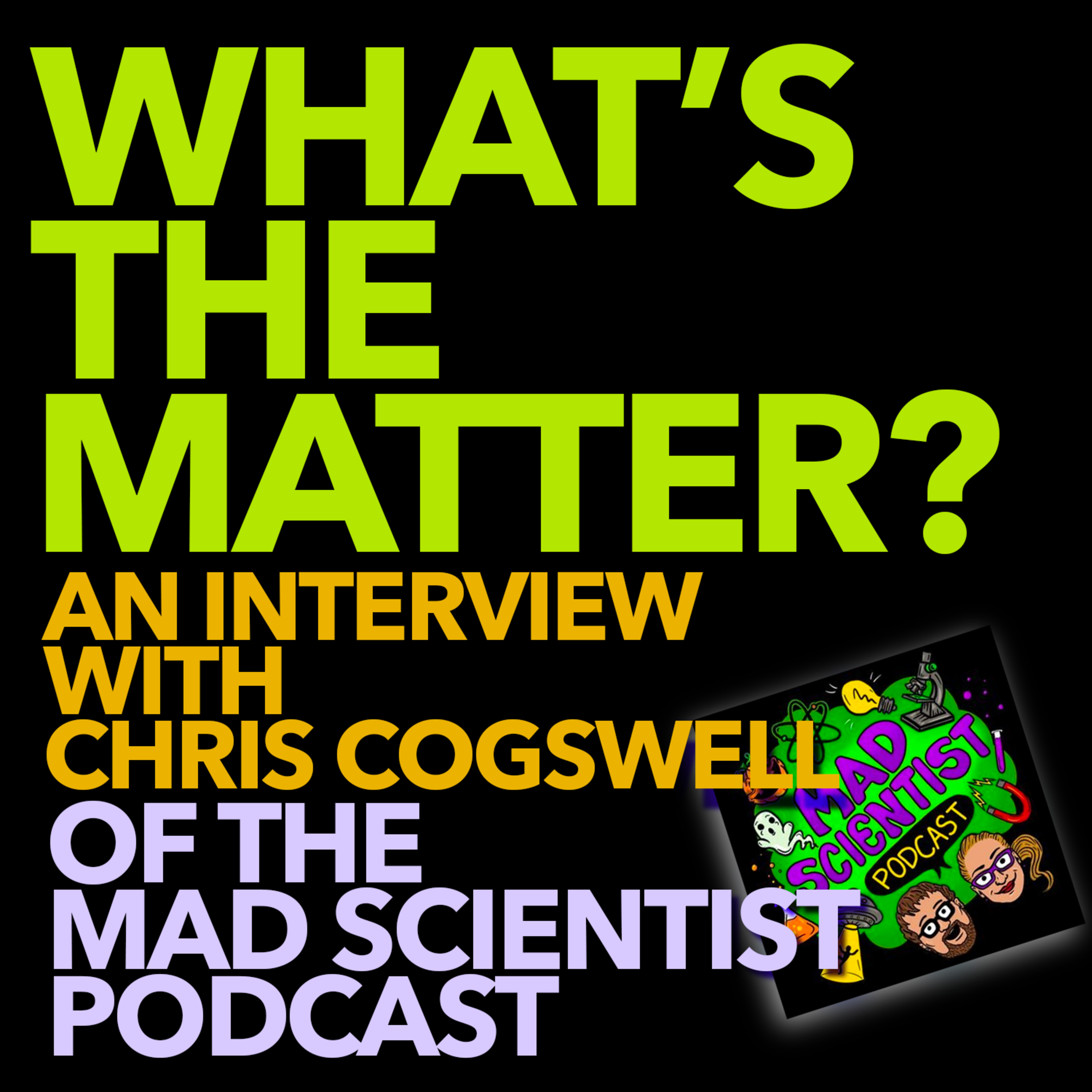

Matter is that which takes up space, and has mass. It is what we interact with, and what we are. Imagining a world without matter is to imagine light particles drifting aimlessly in space. Gasses, liquids, solids, and plasmas are all states of matter. Material science studies all of these, and their combinations and intricacies, found in examining foams, gels, meshes, and other materials and metamaterials. Chris Cogswell is a material scientist, and host of The Mad Scientist Podcast, a podcast that takes a critical look at things ranging from technological fads, to pseudoscience, and topics that deserve a critical eye. On the first of a pair of two episodes about material science, we interview Chris about his experience with studying material science, and ask questions about the subject in general. Links referenced by Chris Cogswell: - https://www.youtube.com/watch?v=bUvi5eQhPTc https://www.youtube.com/watch?v=bUvi5eQhPTc is about nanomagnetism and cool demonstration of ferrofluid - https://www.youtube.com/watch?v=4Dlt63N-Uuk https://www.youtube.com/watch?v=4Dlt63N-Uuk goes over nanomagnetic applications in medicine - http://yaghi.berkeley.edu/pdfPublications/04MOFs.pdf http://yaghi.berkeley.edu/pdfPublications/04MOFs.pdf Great review paper on new class of materials known as MOFs which are going to be very important in coming years - https://www.youtube.com/watch?v=IkYimZBzguw https://www.youtube.com/watch?v=IkYimZBzguw Crash course engineering on nanomaterials, really good introduction to the field - https://www.youtube.com/watch?v=t7EYQLOlwDM https://www.youtube.com/watch?v=t7EYQLOlwDM Oak Ridge national lab paper on using nano materials for carbon dioxide conversion to other carbon molecules - https://www.youtube.com/watch?v=cxVFopLpIQY https://www.youtube.com/watch?v=cxVFopLpIQY Really good paper on carbon capture technology challenges and economics [Featuring: Sofía Baca, Gabriel Hesch, Meryl Flaherty; Chris Cogswell] --- This episode is sponsored by · Anchor: The easiest way to make a podcast. https://anchor.fm/app Support this podcast: https://anchor.fm/breakingmathpodcast/support
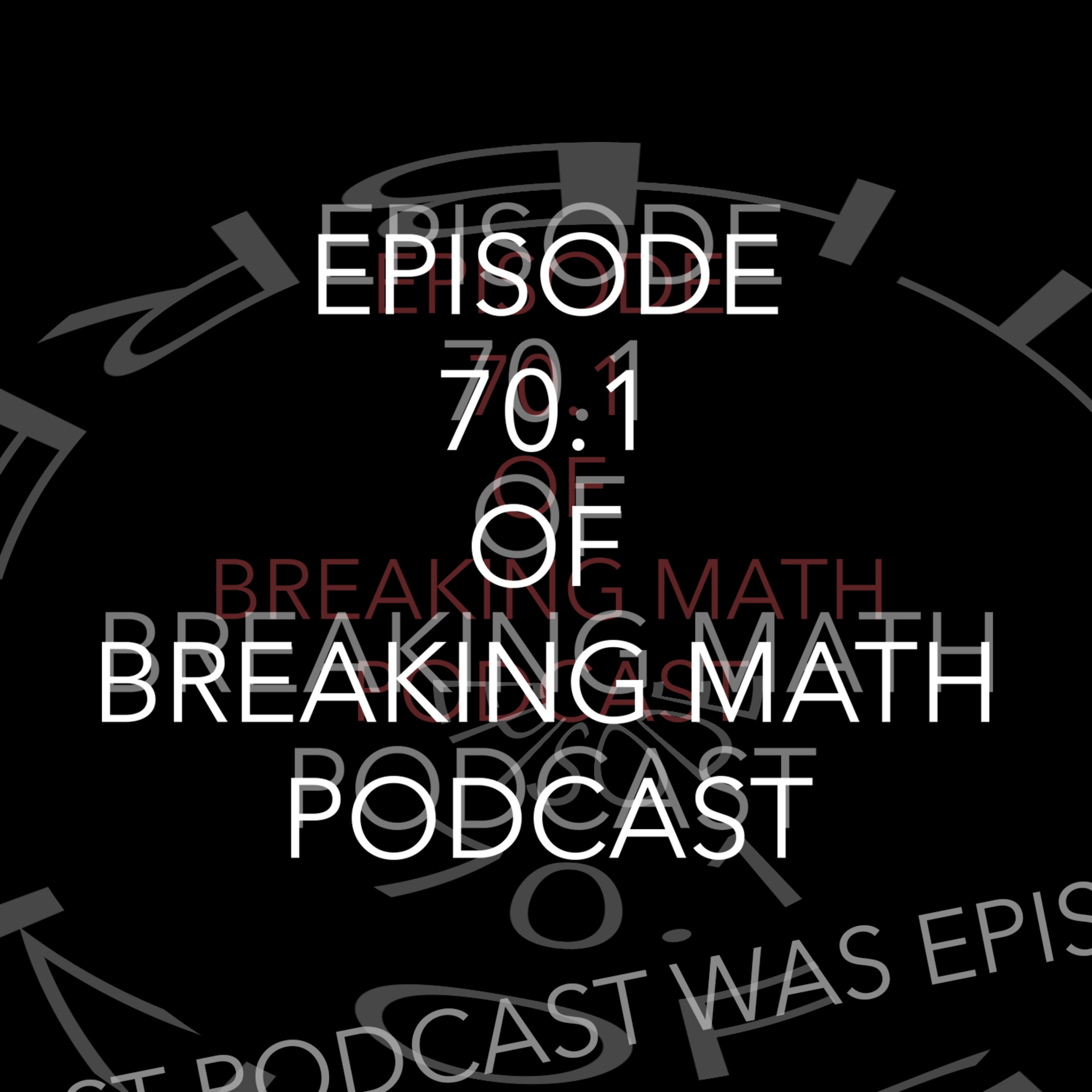

Seldom do we think about self-reference, but it is a huge part of the world we live in. Every time that we say 'myself', for instance, we are engaging in self-reference. Long ago, the Liar Paradox and the Golden Ratio were among the first formal examples of self-reference. Freedom to refer to the self has given us fruitful results in mathematics and technology. Recursion, for example, is used in algorithms such as PageRank, which is one of the primary algorithms in Google's search engine. Elements of self-reference can also be found in foundational shifts in the way we understand mathematics, and has propelled our understanding of mathematics forward. Forming modern set theory was only possible due to a paradox called Russel's paradox, for example. Even humor uses self-reference. Realizing this, can we find harmony in self-reference? Even in a podcast intro, are there elements of self-reference? Nobody knows, but I'd check if I were you. Catch all of this, and more, on this episode of Breaking Math. Episode 70.1: Episode Seventy Point One of Breaking Math Podcast [Featuring: Sofía Baca, Gabriel Hesch; Millicent Oriana] --- This episode is sponsored by · Anchor: The easiest way to make a podcast. https://anchor.fm/app Support this podcast: https://anchor.fm/breakingmathpodcast/support
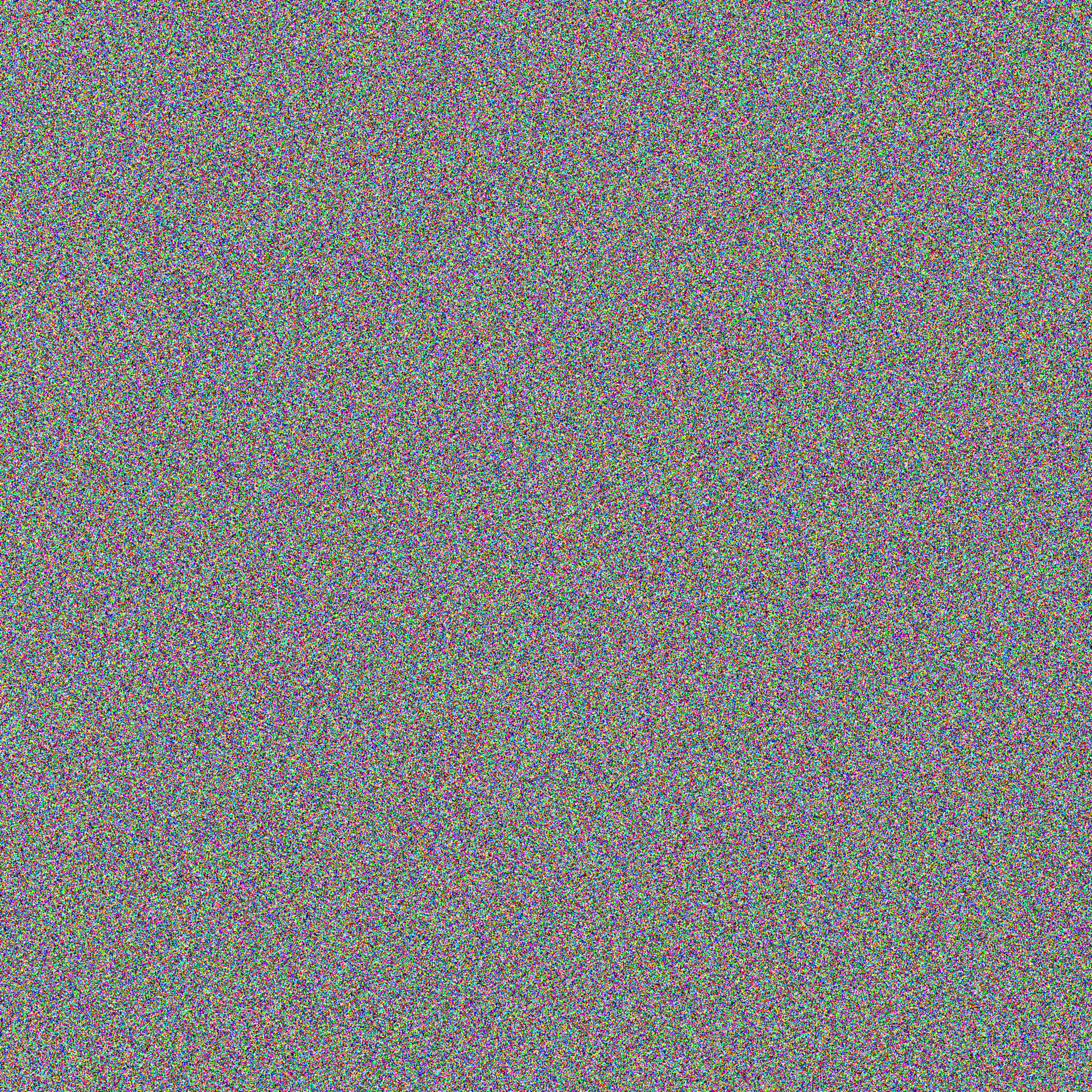

This episode description intentionally left blank. --- Support this podcast: https://anchor.fm/breakingmathpodcast/support


Hello, listeners! This is Sofia with an announcement. Season 4 is about to start, and we have some great episodes planned. The last few weeks have been busy for us in our personal lives, and we apologize for our spotty release schedule lately. We're excited to bring you more of the content you've grown to love. Today, we're going to have a rerun of our first episode on. This episode is a little rough at points, but we're choosing to rerun it because it captures the spirit of the podcast so elegantly. So, without further ado, here is Breaking Math episode 1: Forbidden Formulas. [Featuring: Sofía Baca, Gabriel Hesch; Amy Lynn] --- This episode is sponsored by · Anchor: The easiest way to make a podcast. https://anchor.fm/app Support this podcast: https://anchor.fm/breakingmathpodcast/support
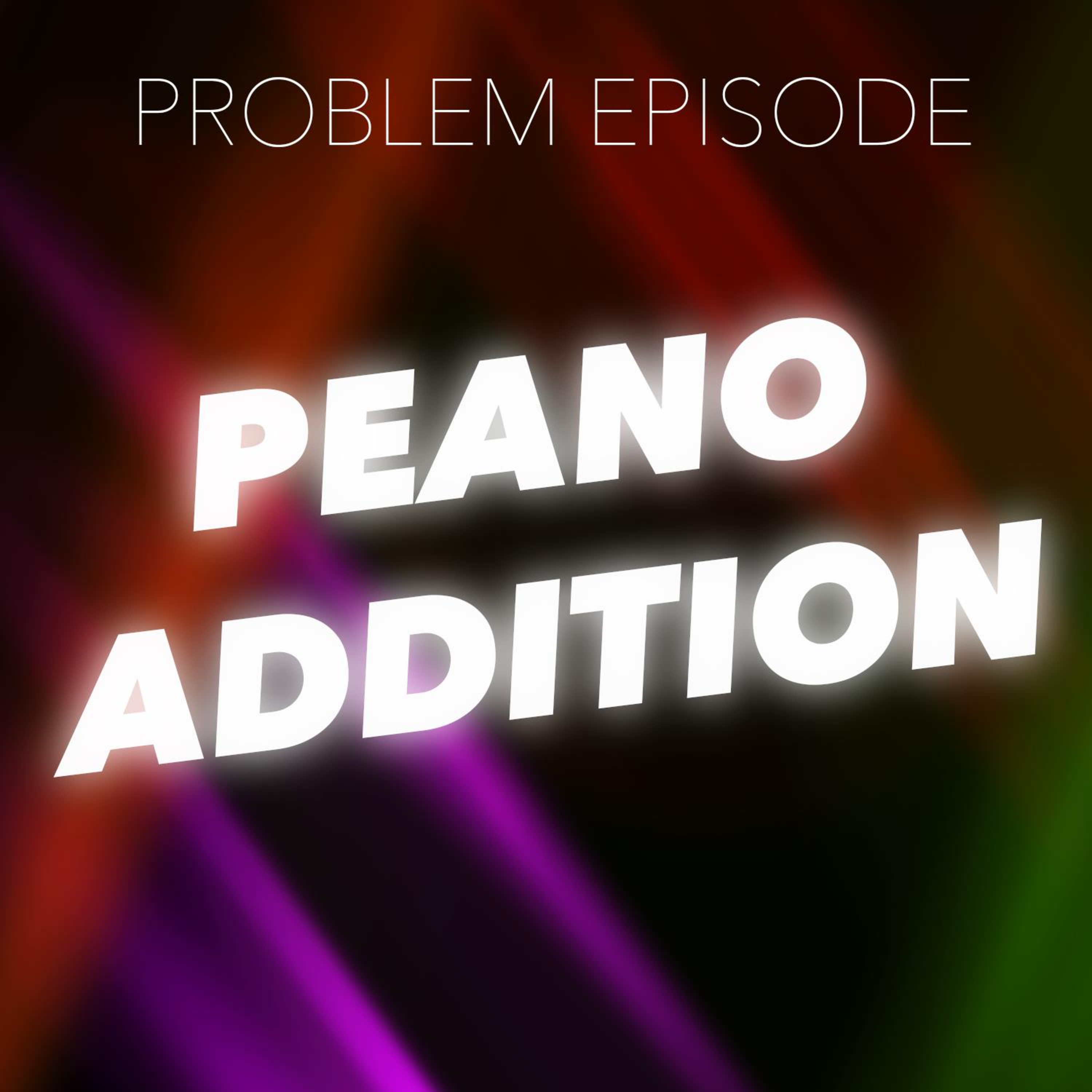

On this problem episode, join Sofía and guest Diane Baca to learn about what an early attempt to formalize the natural numbers has to say about whether or not m+n equals n+m. [Featuring: Sofía Baca; Diane Baca] --- This episode is sponsored by · Anchor: The easiest way to make a podcast. https://anchor.fm/app Support this podcast: https://anchor.fm/breakingmathpodcast/support
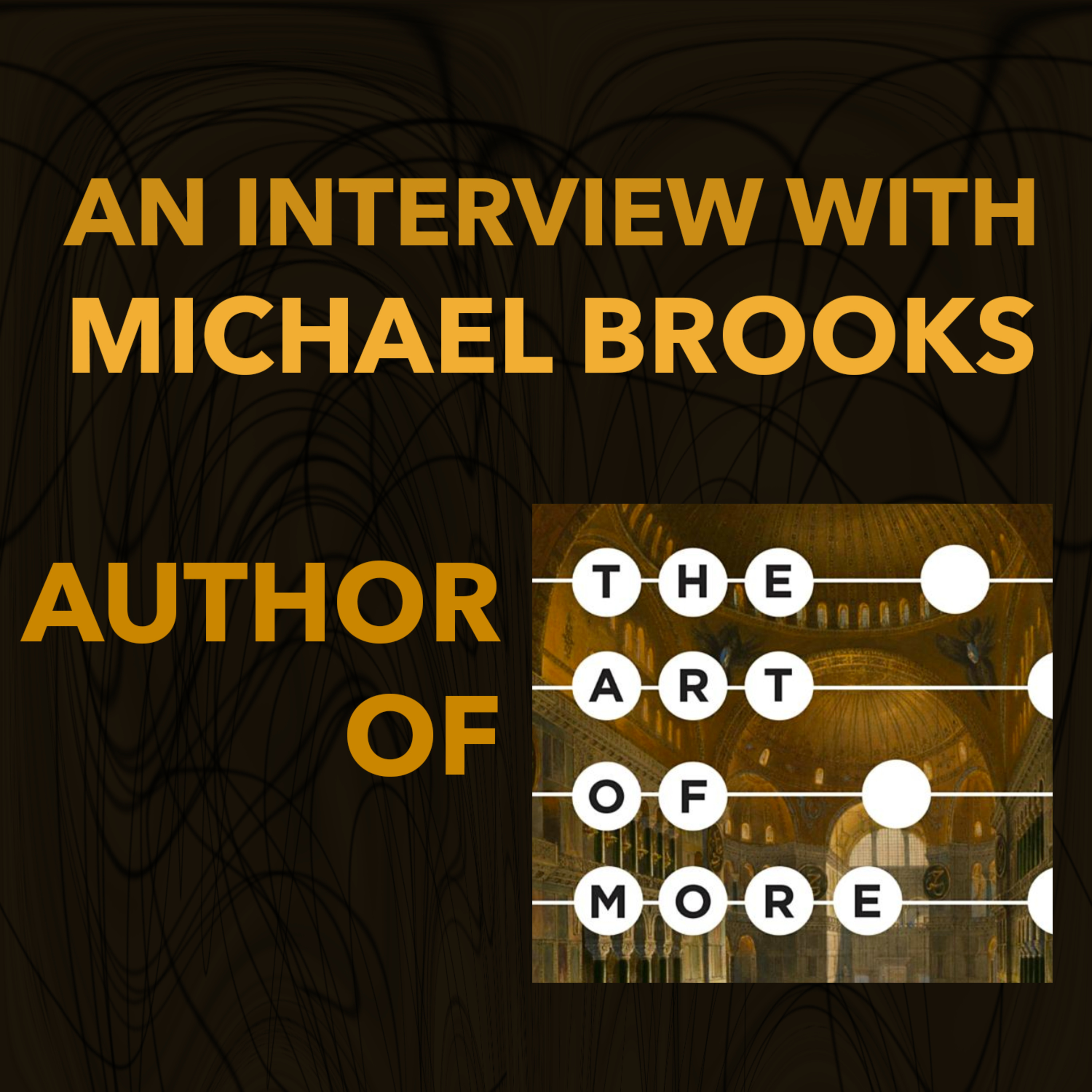

Michael Brooks is a science writer who specializes in making difficult concepts easier to grasp. In his latest book, Brooks goes through several mathematical concepts and discusses their motivation, history, and discovery. So how do stories make it easier to learn? What are some of the challenges associated with conveying difficult concepts to the general public? And who, historically, has been a mathematician? All of this and more on this episode of Breaking Math. Songs were Breaking Math Intro and Outro by Elliot Smith of Albuquerque. This episode is published under a Creative Commons 4.0 Attribute-ShareAlike-NonCommercial license. For more information, visit CreativeCommons.org [Featuring: Sofía Baca, Gabriel Hesch, Meryl Flaherty; Michael Brooks] --- This episode is sponsored by · Anchor: The easiest way to make a podcast. https://anchor.fm/app Support this podcast: https://anchor.fm/breakingmathpodcast/support
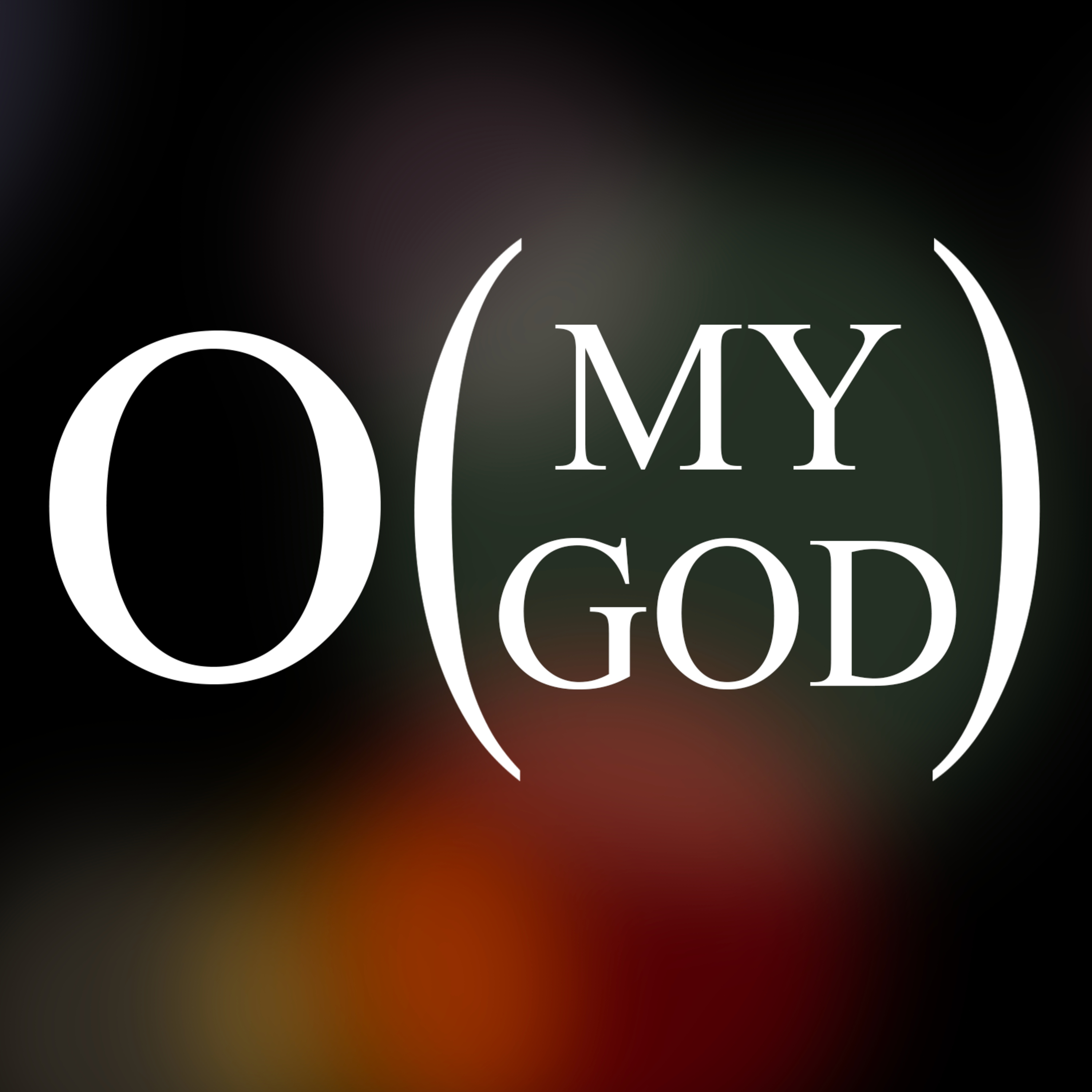

There are times in mathematics when we are generalizing the behavior of many different, but similar, entities. One such time that this happens is the use cases of Big O notation, which include describing the long-term behavior of functions, and talking about how accurate numerical calculations are. On this problem episode, we are going to discuss Big O notation and how to use it. This episode is licensed by Sofia Baca under a Creative Commons Attribution-ShareAlike-NonCommercial 4.0 International License. For more information, visit CreativeCommons.org. [Featuring: Sofía Baca] --- This episode is sponsored by · Anchor: The easiest way to make a podcast. https://anchor.fm/app Support this podcast: https://anchor.fm/breakingmathpodcast/support
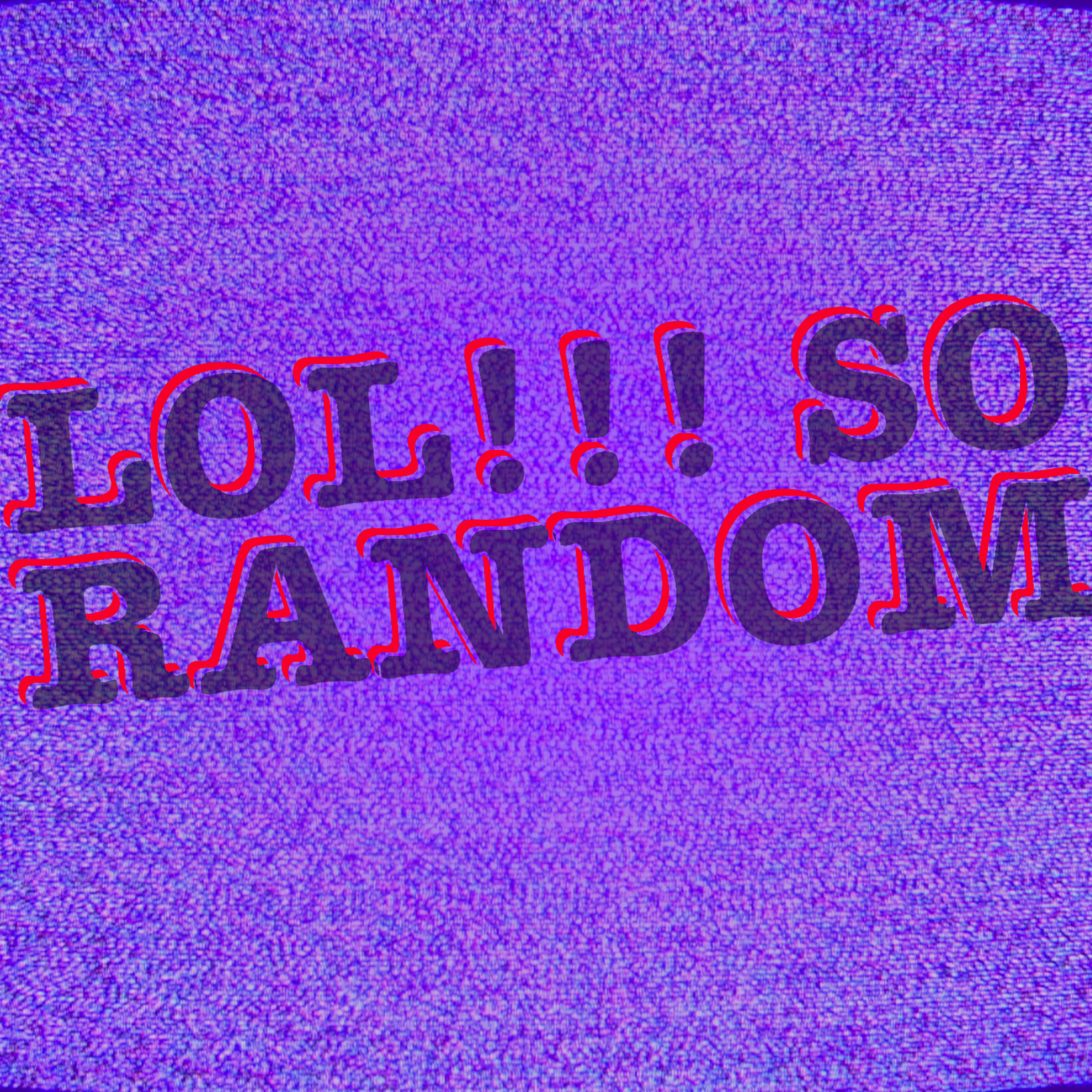

The world is often uncertain, but it has only been in the last half millennium that we've found ways to interact mathematically with that concept. From its roots in death statistics, insurance, and gambling to modern Bayesian networks and machine learning, we've seen immense productivity in this field. Every way of looking at probability has something in common: the use of random variables. Random variables let us talk about events with uncertain outcomes in a concrete way. So what are random variables? How are they defined? And how do they interact? All of this, and more, on this episode of Breaking Math. Interact with the hosts: @SciPodSofia @TechPodGabe Or the guest: @KampPodMillie Patreon here: patreon.com/breakingmathpodcast Featuring music by Elliot Smith. For info about music used in ads, which are inserted dynamically, contact us at breakingmathpodcast@gmail.com [Featuring: Sofía Baca, Gabriel Hesch; Millicent Oriana] --- This episode is sponsored by · Anchor: The easiest way to make a podcast. https://anchor.fm/app Support this podcast: https://anchor.fm/breakingmathpodcast/support
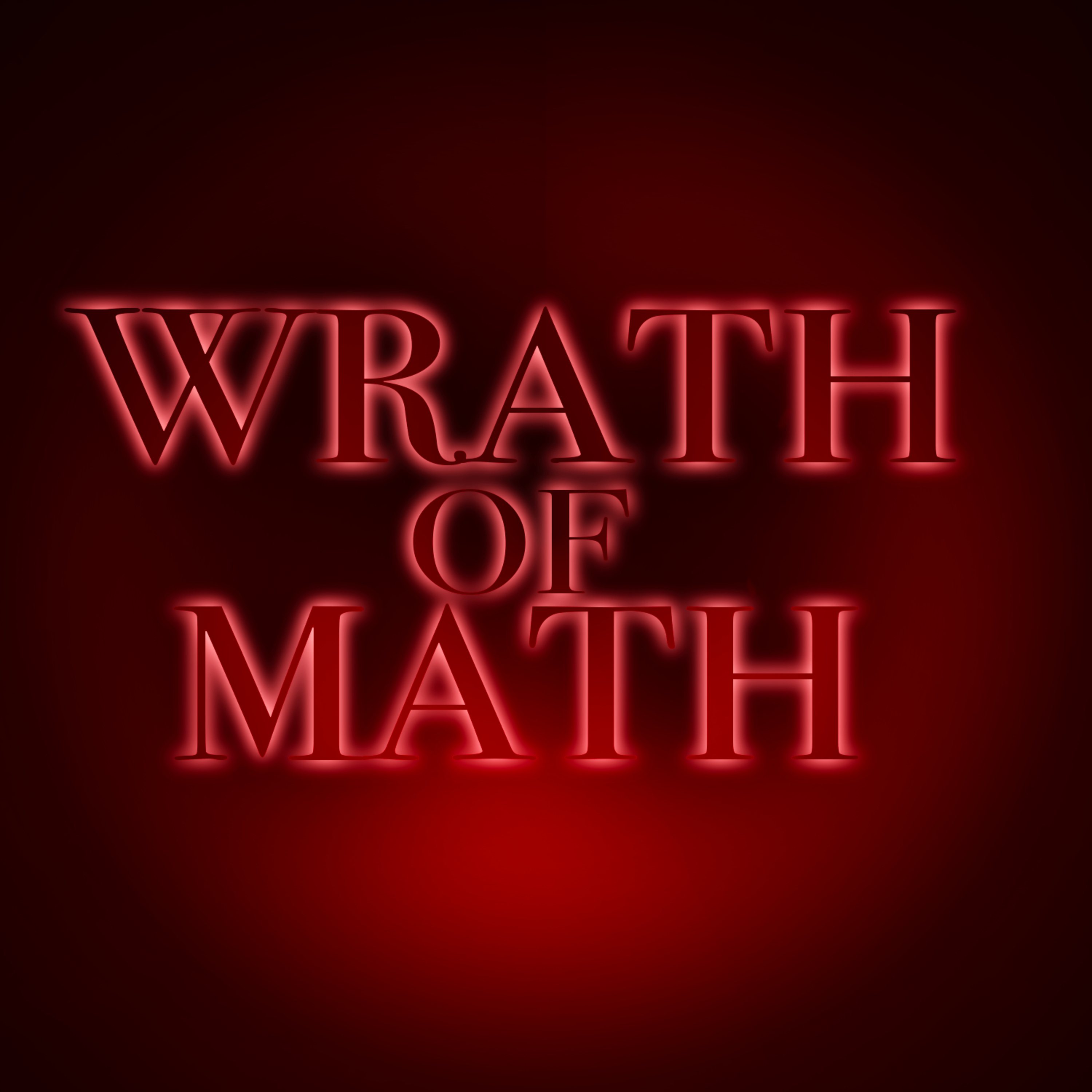

Mathematics is a subject that has been used for great things over time: it has helped people grow food, design shelter, and in every part of life. It should be, then, no surprise that sometimes mathematics is used for evil; that is to say, there are times where mathematics is used to either implement or justify regressive things like greed, racism, classism, and even genocide. So when has math been used for destructive purposes? What makes us mis-apply mathematics? And why can oversimplification lead to devastation? All of this, and more, on this episode of Breaking Math. Theme song is Breaking Math Theme by Elliot Smith of Albuquerque. This episode is distributed under a Creative Commons Attribution-ShareAlike-NonCommercial 4.0 International License. For more information, go to CreativeCommons.org --- This episode is sponsored by · Anchor: The easiest way to make a podcast. https://anchor.fm/app Support this podcast: https://anchor.fm/breakingmathpodcast/support


Join Sofía Baca with her guest Millicent Oriana from the newly launched Nerd Forensics podcast as they discuss some apparent paradoxes in probability and Russian roulette. --- This episode is sponsored by · Anchor: The easiest way to make a podcast. https://anchor.fm/app Support this podcast: https://anchor.fm/breakingmathpodcast/support
